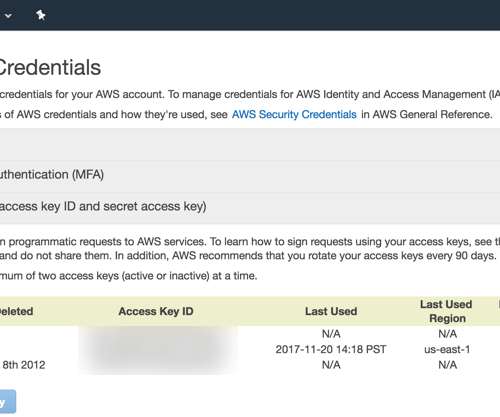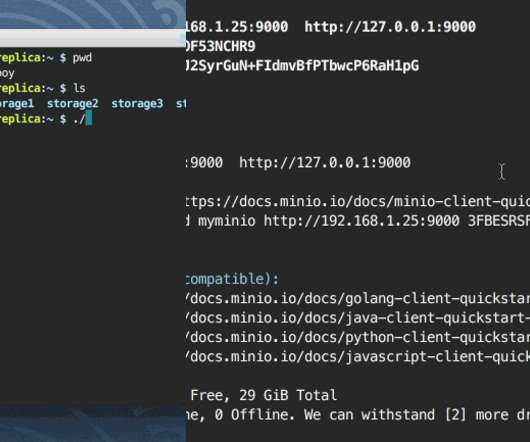Linux Tips and Tricks: From Picking a Distro to Using the Command Line
DZone
OCTOBER 27, 2017
Linux is a vast ecosystem of operating systems. Unlike Windows or macOs variants, there are loads of Linux distributions (distros) available. But these distros often differ greatly. Whether you're just getting started with Linux, or are a seasoned pro, here are the tips and tricks you need to know. Picking the Right Linux Operating System Whereas Windows and macOS offer fairly few choices for their operating system (OS) options, Linux presents a ton of flavors.




































Let's personalize your content